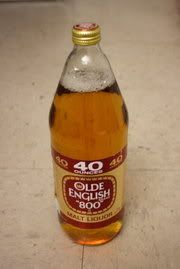William Parlier wrote:No, CCC would be C1, C0 is CCCC. Our C three lines bellow the staff is C2. It goes A0, A0#, B0, then to C1, then the C an octive above that is C1. C0 is practically inaudiable.
I agree that is doesn't make sense to use the multiple Cs though. I was just saying they market it that way and you can't change it. If we used that for every instrument we would be writting negatives.
Instead of getting upset, I will simply reiterate the correct information from my earlier post.
C1 (scientific designation, 32.703 Hz) is not called CCC in any system. Neither is C0 (16.352 Hz) ever called CCCC. I don't know what C is three lines below the staff, but the one two lines below the bass clef staff is indeed C2.
http://en.wikipedia.org/wiki/Middle_C has a handy little chart showing the various designations by octave.
http://en.wikipedia.org/wiki/Helmholtz_pitch_notation explains the English multiple C notation and it's relationship to Helmholtz designation (C, = CC, C,, = CCC, etc.).
I think we agree on the point that the multiple letters don't make much sense in this context. No one writes Piccolo in db', or Horn in FF, so why do tuba players mess with it? Professor Denney said it best...
Rick Denney wrote:Using "BBb" instead of "Bb" conveys little extra meaning






